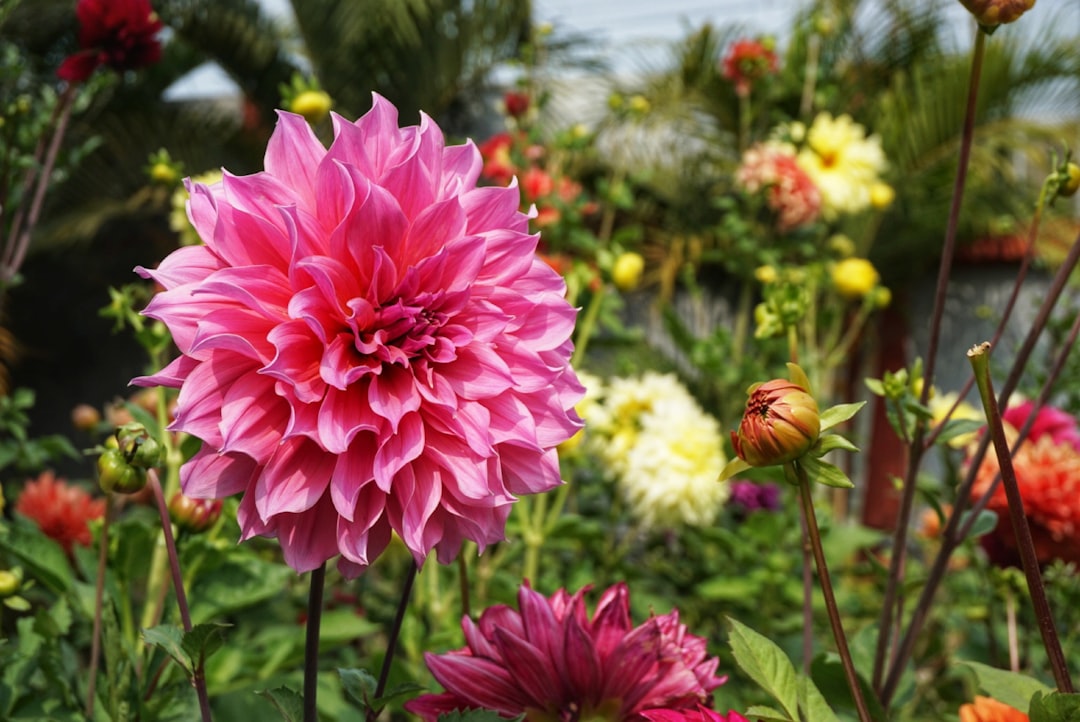
Houseplants, especially succulents, have become a staple in many homes. Their unique shapes and low - maintenance nature make them a favorite among plant enthusiasts. However, one common problem that succulent owners often face is leggy growth, where the stems become stretched and the plant loses its compact, attractive form. In this article, we'll explore the reasons behind leggy succulents and provide you with essential tips to prevent and correct this issue.
First, it's important to understand why succulents get leggy. Succulents are native to arid regions where they receive intense sunlight. When they are grown indoors or in areas with insufficient light, they start to stretch towards the light source. This is a natural survival mechanism called etiolation. As the plant reaches for more light, the internodes (the spaces between the leaves) elongate, resulting in a leggy appearance.
Another factor that can contribute to leggy succulents is over - watering. Succulents are adapted to store water in their leaves and stems. When they are watered too frequently, the roots may not have a chance to dry out properly. This can lead to weak, soft growth, which is more prone to stretching. Additionally, over - fertilizing can also cause rapid, weak growth in succulents, making them leggy.
Now that we know the causes, let's look at how to prevent succulents from becoming leggy. The most crucial step is to provide adequate light. Place your succulents near a south - facing window where they can receive at least 6 hours of bright, indirect sunlight per day. If you don't have a suitable window, you can also use artificial grow lights. LED grow lights are a great option as they provide the right spectrum of light for plant growth and are energy - efficient.
Proper watering is also essential. Water your succulents only when the soil is completely dry. You can check the moisture level by inserting your finger about an inch into the soil. If it feels dry, it's time to water. When watering, make sure to soak the soil thoroughly and then let the excess water drain out. Avoid leaving the plant sitting in water as this can lead to root rot.
Fertilizing should be done sparingly. Succulents don't need a lot of nutrients. Use a balanced, water - soluble fertilizer diluted to half strength and apply it only during the growing season (spring and summer). Over - fertilizing can cause more harm than good, so it's better to err on the side of caution.
If your succulents have already become leggy, don't worry. There are ways to fix them. One method is to take stem cuttings. Use a clean, sharp knife or scissors to cut off the top part of the leggy stem. Let the cutting dry for a few days until the cut end forms a callus. Then, plant the cutting in well - draining succulent soil. Keep the soil slightly moist until the cutting roots, which usually takes a few weeks.
You can also try repotting the leggy succulent. Gently remove the plant from its current pot and shake off the excess soil. Prune any long, weak roots. Then, plant the succulent in a new pot with fresh, well - draining soil. Make sure the pot has drainage holes to prevent waterlogging.
Another option is to simply let the plant grow in a more natural, sprawling form. Some people actually like the look of a leggy succulent as it gives the plant a more rustic and wild appearance. You can train the stems to grow in a certain direction by gently bending them or using stakes to support them.
In addition to these tips, it's important to keep an eye on your succulents for any signs of pests or diseases. Common pests that affect succulents include mealybugs, aphids, and spider mites. If you notice any pests, you can use a mild insecticidal soap or neem oil to get rid of them. Regularly inspect your plants to catch any problems early.
Finally, don't be afraid to experiment with different growing conditions and techniques. Every succulent is unique, and what works for one plant may not work for another. With a little patience and care, you can help your succulents thrive and keep them looking their best.
So, whether you're a beginner or an experienced plant parent, following these tips will ensure that your succulents stay healthy and avoid the dreaded leggy look. Remember, a happy succulent is a beautiful addition to any home.

Unleashing the Floral Magic of Snowball Hydrangeas
Unleashing the Floral Magic of Snowball Hydrangeas
Unveiling the Secrets of Cultivating Carolina Allspice
Unveiling the Secrets of Cultivating Carolina Allspice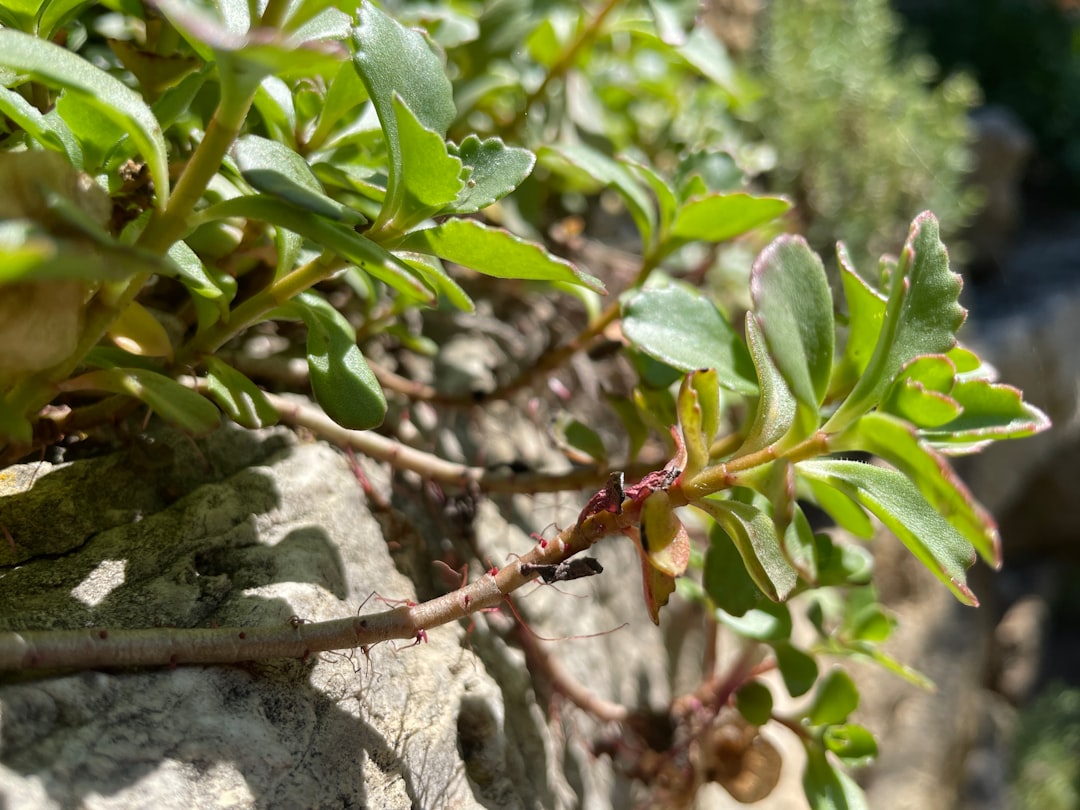
The Art of Planting Bare Root Trees: A Comprehensive Guide
The Art of Planting Bare Root Trees: A Comprehensive Guide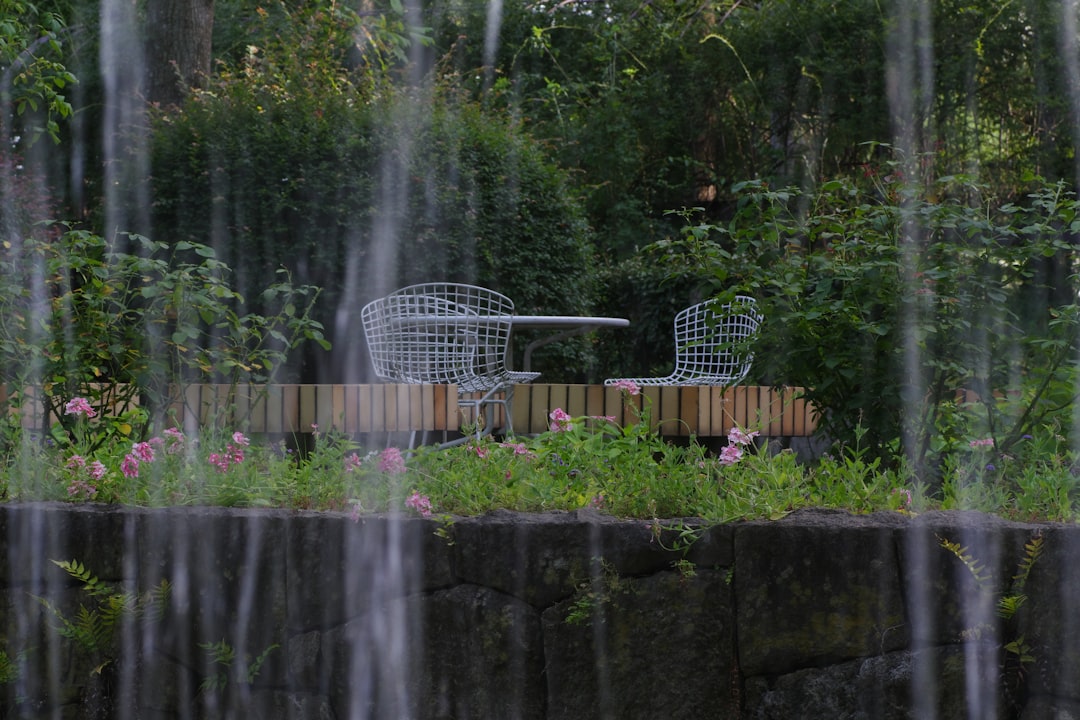
The Enchanting Allure of White - Flowered Trees for Your Front Yard
The Enchanting Allure of White - Flowered Trees for Your Front Yard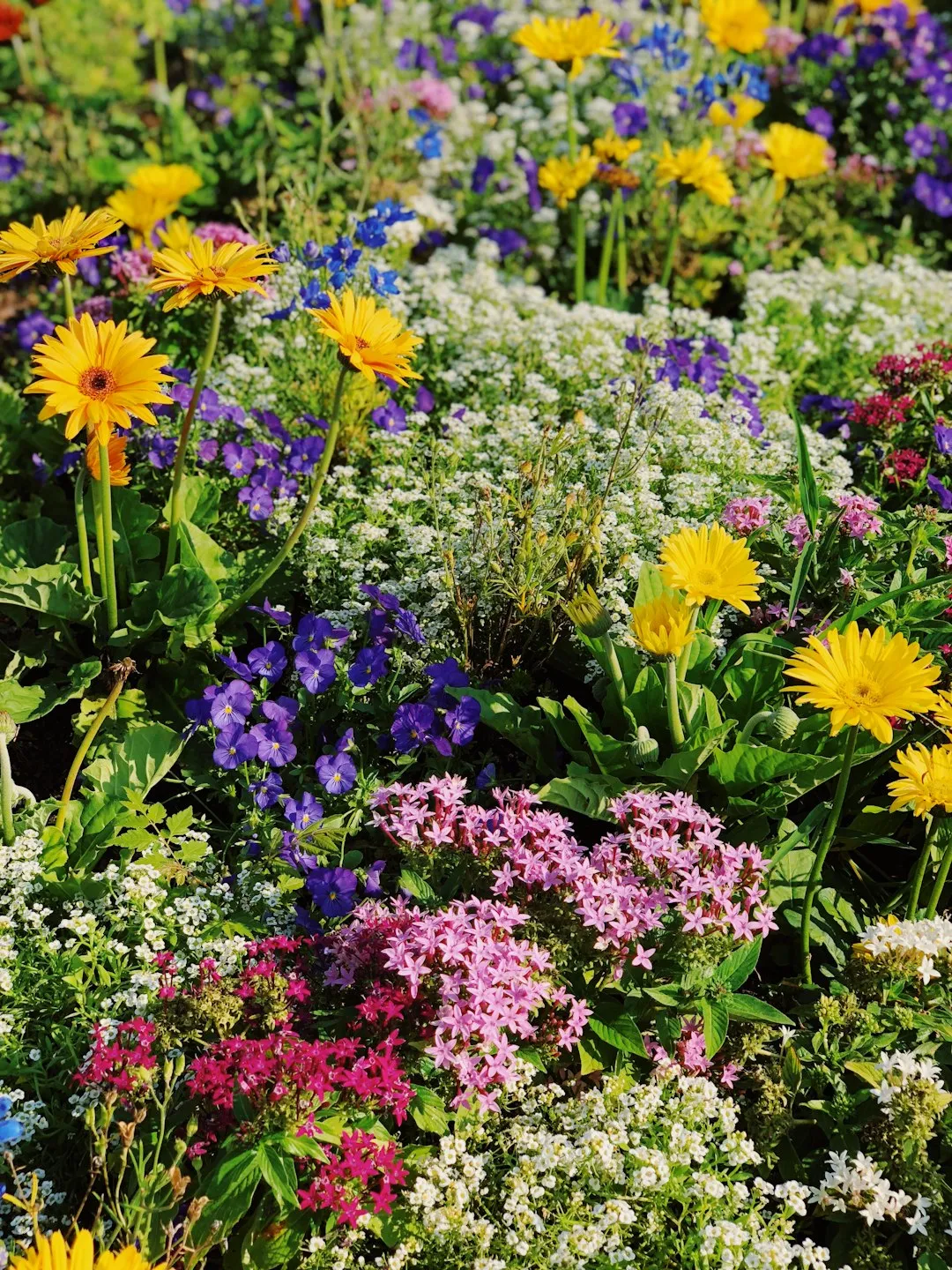
Transform Your Home with Succulent Wall Art from an Old Picture Frame
Transform Your Home with Succulent Wall Art from an Old Picture Frame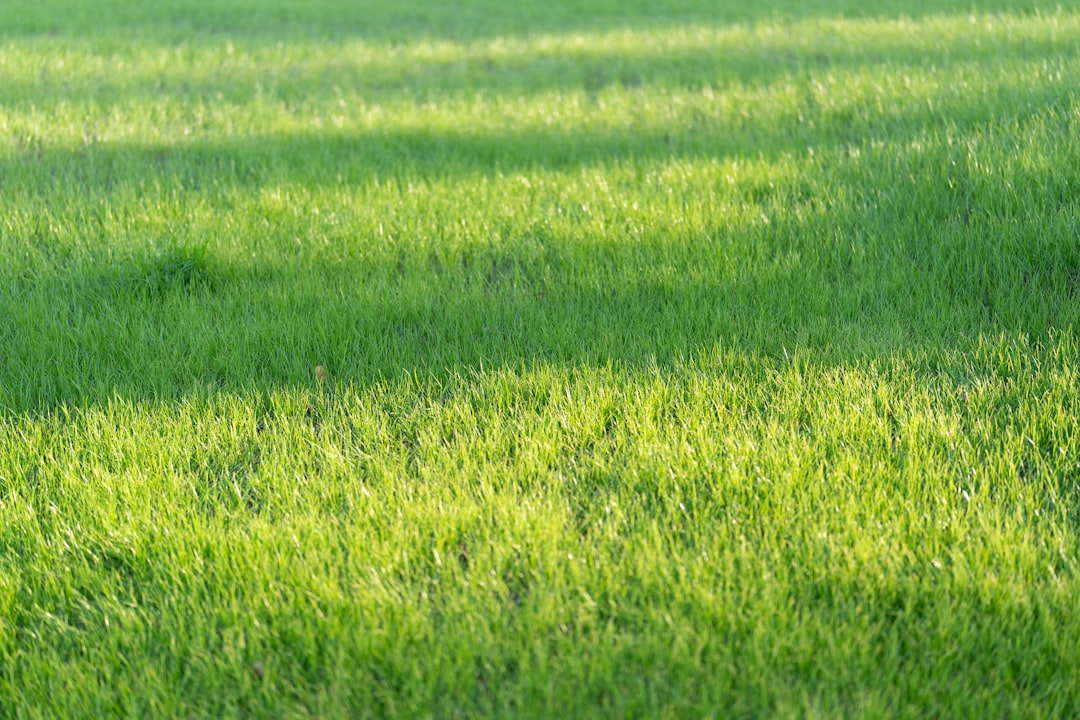
Transforming Broken Pots into Enchanting Fairy Gardens
Transforming Broken Pots into Enchanting Fairy Gardens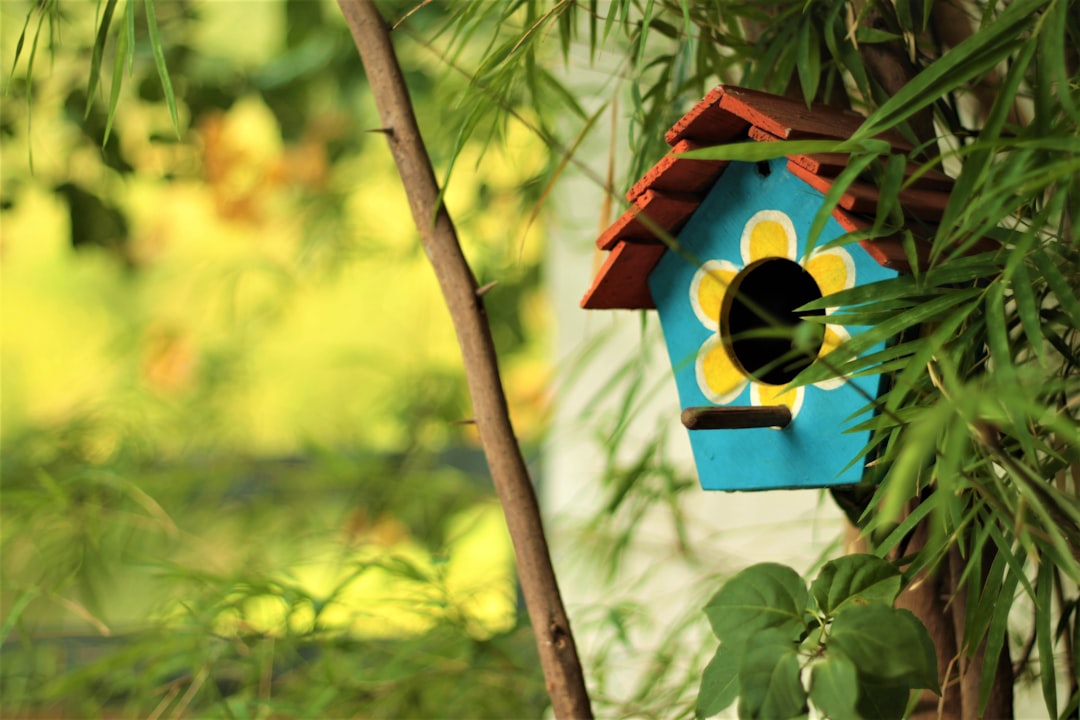
Unleash the Beauty of Dahlias in Pots This Summer
Unleash the Beauty of Dahlias in Pots This Summer
Transform Your Shady Yard with Caladium Container Magic
Transform Your Shady Yard with Caladium Container Magic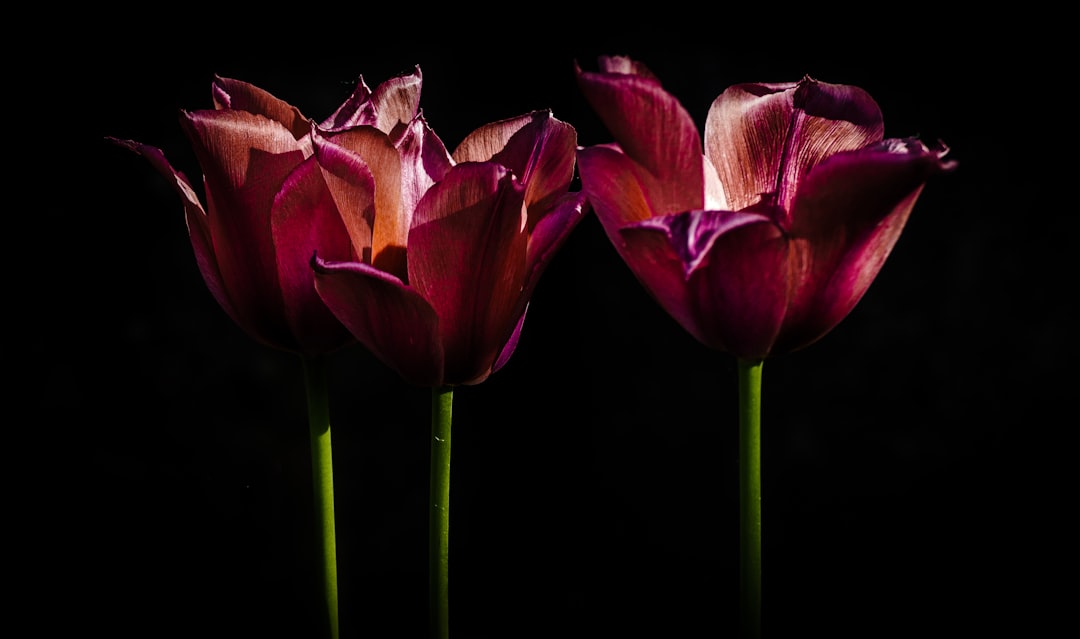
Unleash Your Creativity with DIY Concrete Planters
Unleash Your Creativity with DIY Concrete Planters
The Secret to Thriving Jade Plants: Minimal Effort, Maximum Results
The Secret to Thriving Jade Plants: Minimal Effort, Maximum Results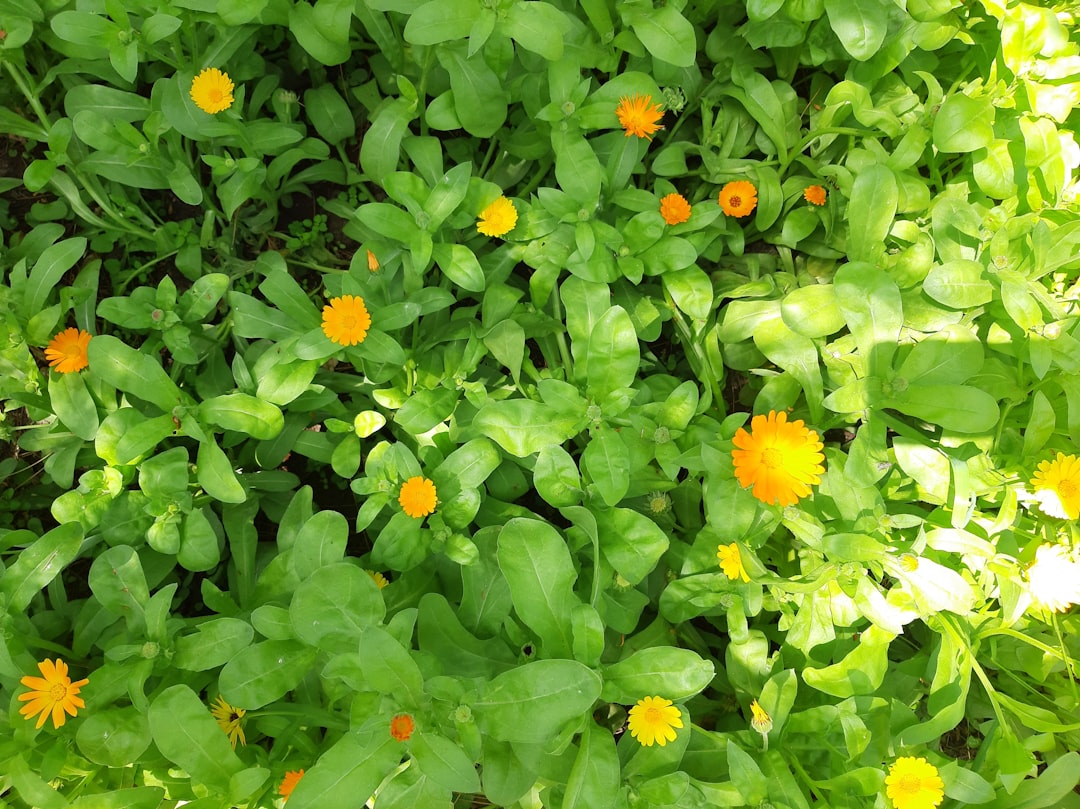
Unveiling the Secrets of Thriving Houseplants: A Two - Month Journey
Unveiling the Secrets of Thriving Houseplants: A Two - Month Journey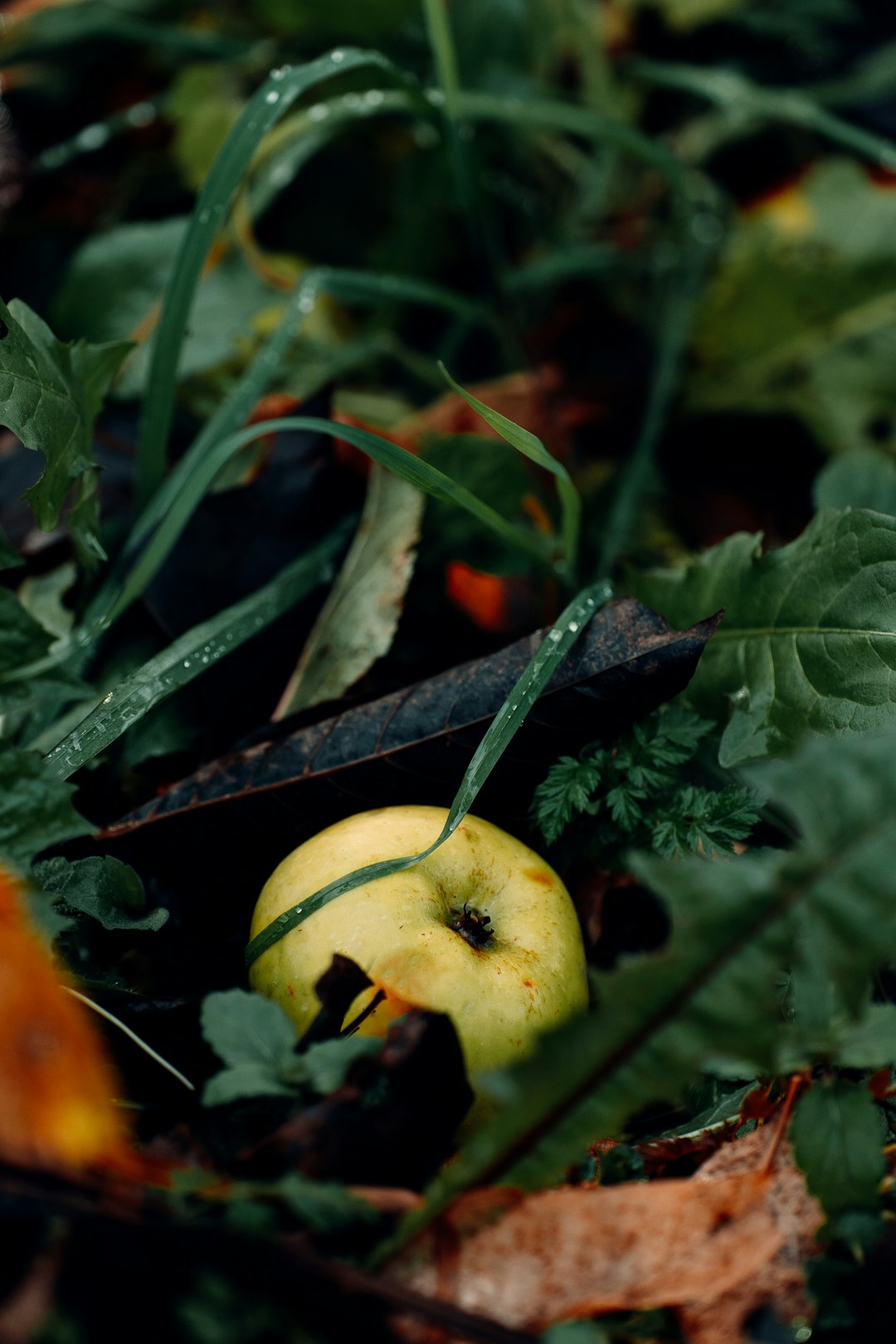
The Ideal Starter Plant for Your Indoor Oasis
The Ideal Starter Plant for Your Indoor Oasis
Transform Tiny Outdoor Spaces with a DIY Container Pond
Transform Tiny Outdoor Spaces with a DIY Container Pond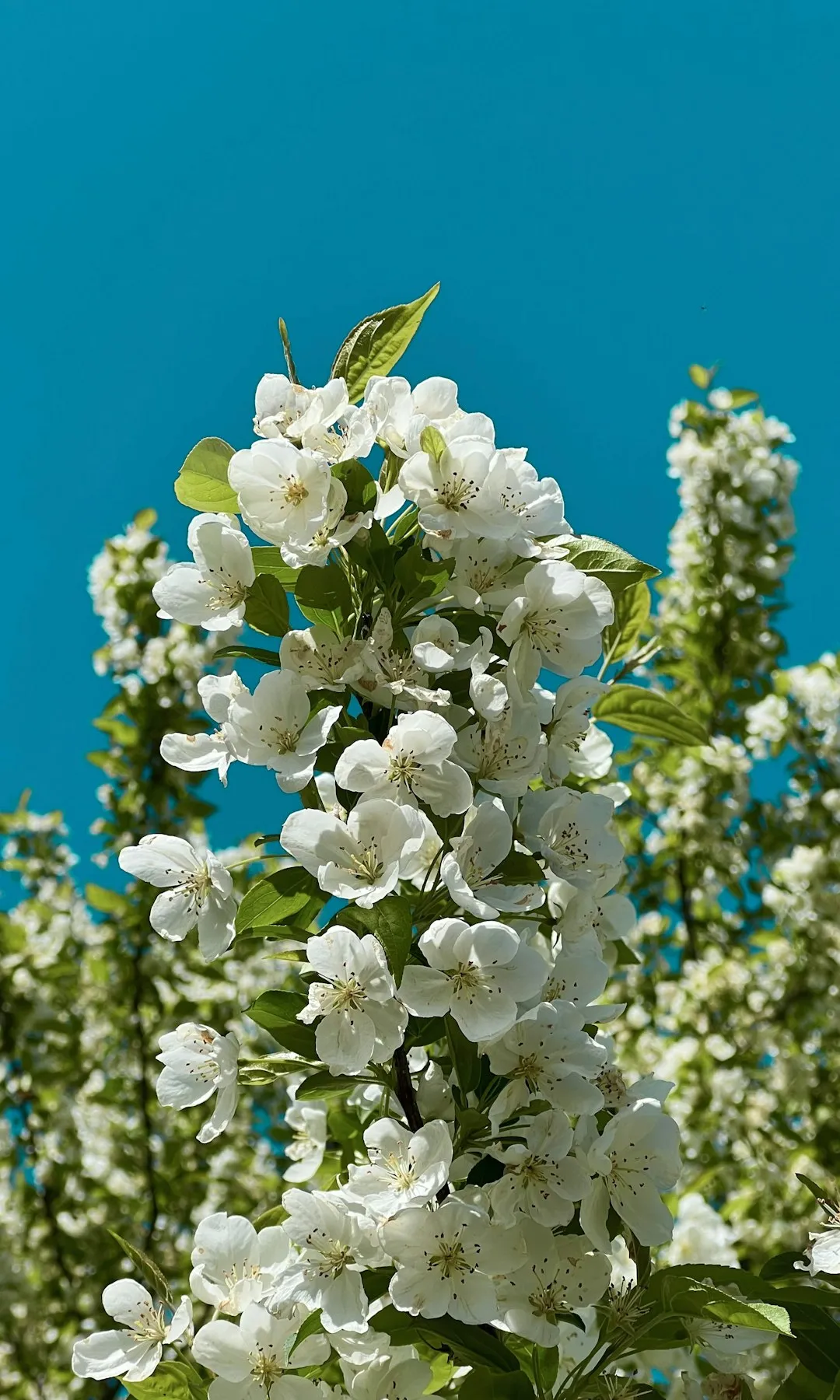
The Gravel Guide: Avoiding Common Pitfalls in Landscape Design
The Gravel Guide: Avoiding Common Pitfalls in Landscape Design
Summer's Floral Magic: Transforming Your Garden
Summer's Floral Magic: Transforming Your Garden
Transform Your Mailbox into a Garden Gem
Transform Your Mailbox into a Garden Gem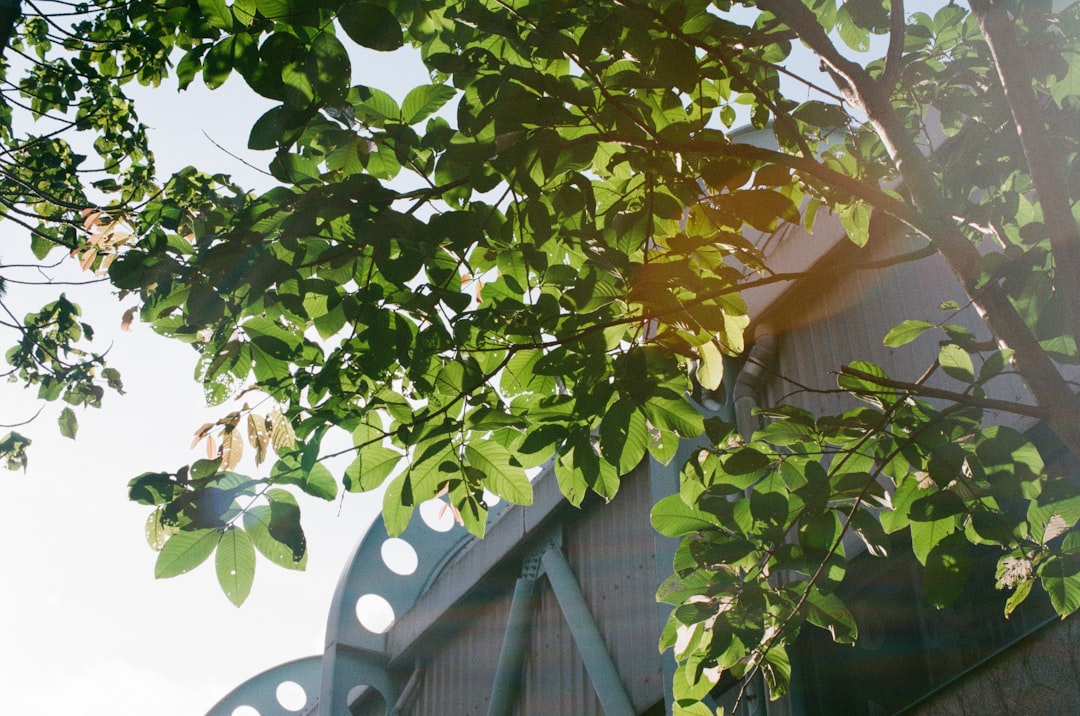
Transform Your Backyard with a Storm - Catching Oasis
Transform Your Backyard with a Storm - Catching Oasis
The Surprising Truth About Weed - Control in Vegetable Gardens
The Surprising Truth About Weed - Control in Vegetable Gardens
Conquer Your Garden's Invaders: Expert Solutions
Conquer Your Garden's Invaders: Expert Solutions
Reviving Your Hibiscus: Solving the Mystery of Yellow Leaves
Reviving Your Hibiscus: Solving the Mystery of Yellow Leaves